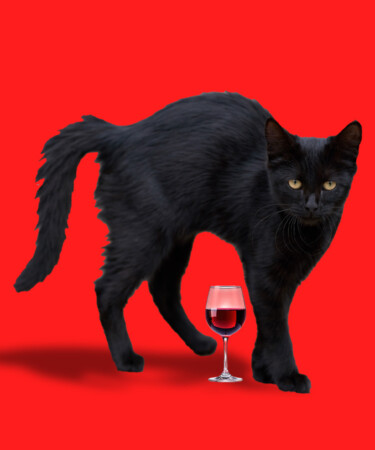Saying “God bless you” after someone sneezes. Knocking on wood to avoid jinxing a positive prediction. Crossing your fingers while hoping for a favorable outcome — there are many superstitions that influence people’s words and actions.
Where drinking is concerned, there are countless examples that vary from country to country. And each one makes just about as little sense as the next. But nobody wants to get off a plane in a foreign country, hit up a local bar, and get caught committing — or become the victim of — a party foul without even realizing it.
While the world of global drinking suspicions and traditions is vast, here are eight of the most interesting of the bunch. And if international travel plans are in the cards, be sure to take notes.
Toasting with beer is frowned upon in Hungary.
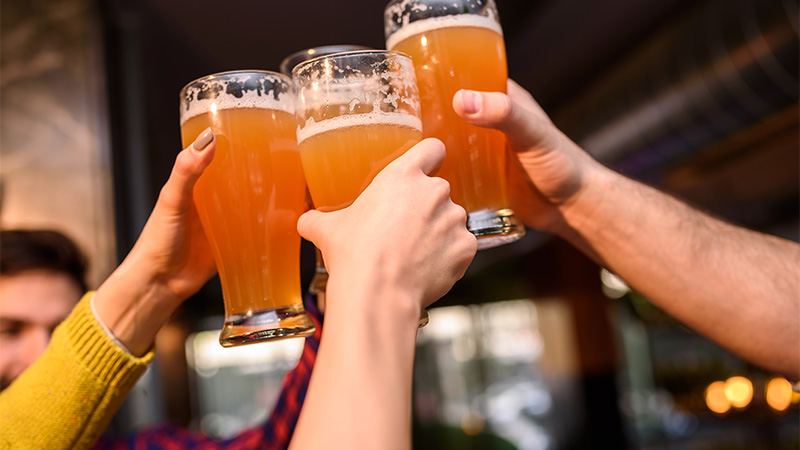
Clinking wine, cocktail, and shot glasses is fair game in Hungary, but doing so with beer is a social faux pas. The history of this custom dates back to the Hungarian Revolution of 1848 when rebels fought for independence from the Hapsburg monarchy. The Austrian army teamed up with Russian forces, and together they put an end to the rebel uprising. Afterward, Austrian soldiers executed 16 officials of the Hungarian rebel army, and legend has it that the Austrians generals present were clinking beer glasses while witnessing the heinous act. In response, the people of Hungary made a vow to never propose a toast with beer for the next 150 years. Even though the 150-year benchmark has since passed, it’s allegedly still considered disrespectful to cheers with beer in the country.
It’s bad luck to garnish a Martini with an even number of olives.
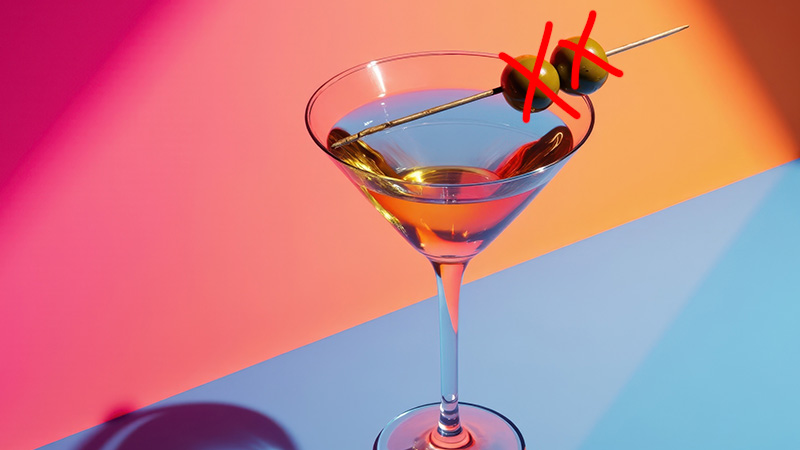
Although the first iterations of the Martini didn’t include an olive, it didn’t take long for those delectable brine bombs to become one of the two most common Martini garnishes in cocktail culture. It’s hard to tell exactly where and when the superstition originated, but it likely stemmed from the culinary rule that plating foods in odd numbers is more visually appealing than doing so in even numbers. Regardless, somewhere along the line, bartenders decided that garnishing the drink with two olives was bad luck. As drinks writer Robert Simonson recalls in a Substack post entitled “Are Two Olives Bad Luck?”, bartender Tony Abou-Ganim once told him that his former colleague Harry Denton always said that “one olive on a pick was elegant and proper, two was bad luck, and three was a meal.”
Tapping the table is customary before taking a shot — though, not everywhere.
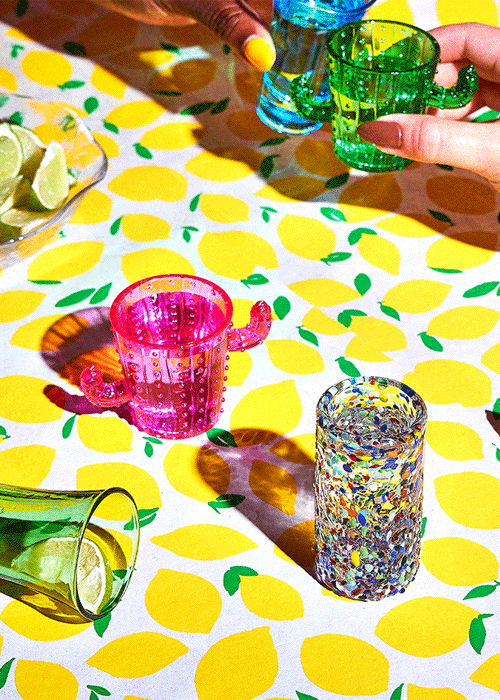
In the U.S., tapping the table with the bottom of a glass post-cheers and pre-sip is second nature. We don’t really think about it — we just do it. While the practice is most popular stateside, along with Mexico and some parts of Central Europe, the practice is far from a universal ritual. Regardless, that doesn’t explain where it came from or what it means. Unfortunately, we don’t have an answer for the first question, although one theory claims that a Saxon peasant pioneered the practice in the 5th century as a way to ward off evil spirits believed to be lurking in liquor bottles. Nowadays, its generally accepted meaning is two-fold: It’s a way to show respect to the bar or establishment and a means of toasting to those no longer with us.
Spilling wine in Italy is bad luck, but not if you dab some of the spilled wine behind your ears.
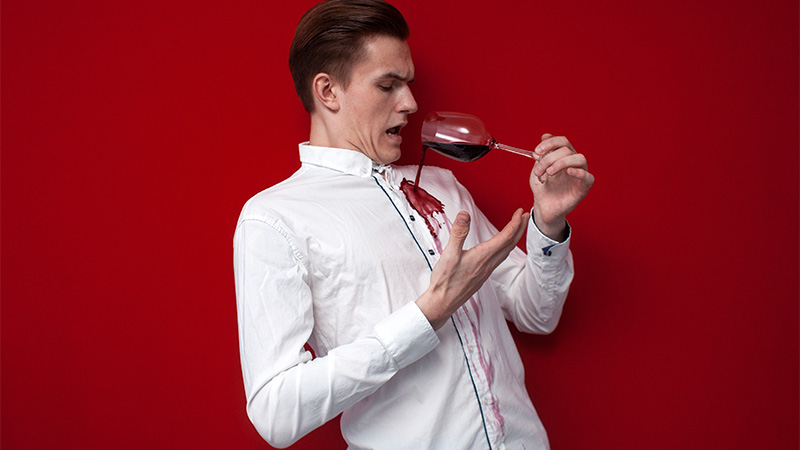
In many Western countries, it’s accepted that spilling salt is bad luck that can only be undone by picking up some of the spilled grains and tossing them over your shoulder. In Italy, a similar rule applies to wine. If someone spills wine, they should dip their fingers in the mess and dab some of it behind their ears to cancel the bad luck of wasting the precious juice. Like many superstitions, the origins of this ritual are murky, but the most plausible explanation is that the act transfers a symbol of abundance (wine) to the soul.
The beer circle is the proper way to share a brew in Peru.
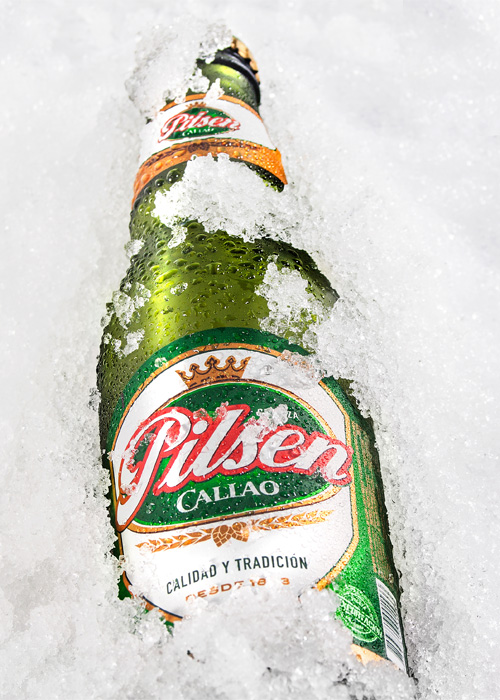
In virtually every country, getting a beer with friends means everybody gets their own pint. In Peru, it’s a different story. A tradition known as the beer circle involves a group of drinkers gathering around a table, buying one large bottle of beer, and fetching a single small glass. Then, the buyer opens the bottle, fills up the cup, downs it completely, and passes it on to the next person to do the same. When the bottle runs out, the person who finished it is responsible for buying the next one — and so the cycle continues. It isn’t the most sanitary way to drink by any stretch, but it certainly keeps all in attendance from roaming around the bar and missing out on any conversation.
In Russia, don’t put empty bottles on the table.
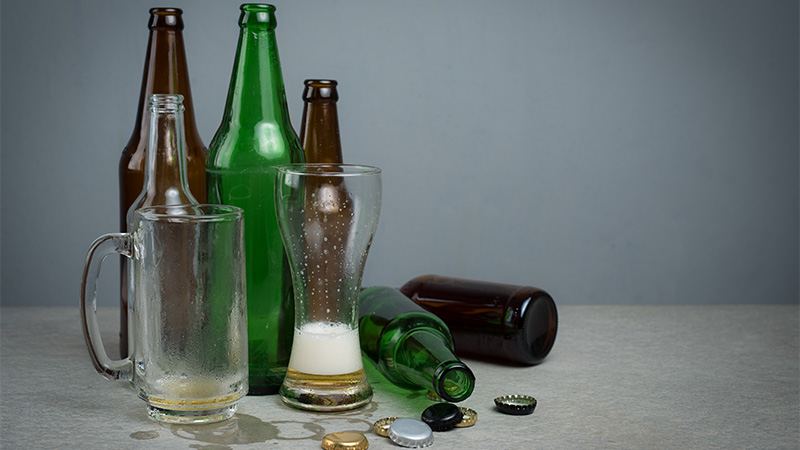
Glassware is one thing, but leaving an empty bottle on a table in Russia is considered a bad omen, so it’s best to leave them on the floor instead. According to The Moscow Times, there are two promising theories behind the superstition. Some think that Russian pagans who believed that evil spirits would occupy empty drink containers started the practice, while others point to the 19th century Cossack soldiers who fought against Napoleon as the originators. When the Cossacks dined in Paris, servers allegedly calculated their tabs by counting how many empties were left on the table, so the Cossacks hid them underneath.
A tradition at Ukrainian weddings: drinking out of the bride’s shoes.
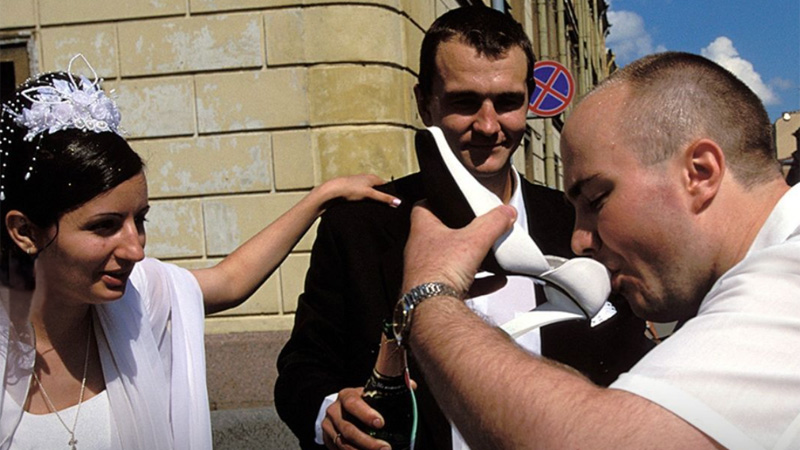
In Ukraine, there’s a common wedding tradition that puts catching the bouquet to shame. If a guest manages to remove the bride’s shoe at some point in the evening, they gain the right to boss around members of the wedding party, which often devolves into ordering them to drink from the shoe. Often, a glass is strapped to the shoe so that the wedding party doesn’t need to literally drink out of the shoe itself. However, doing the latter is quite common in Australia as a form of celebration. The act, known as a “shoey,” was thrust into the limelight by now-retired F1 driver Daniel Ricciardo, who famously drank Champagne out of his shoe whenever he won a race.
In Europe, don’t break eye contact during a toast — or else.
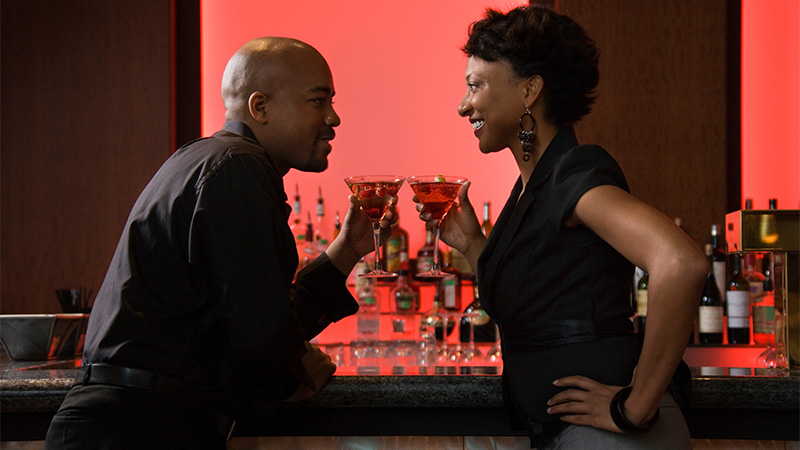
It started overseas, and now it’s trickled over to the U.S.: the ritual of making eye contact with a tablemate while clinking glasses and not breaking the gaze until after the first sip. If anyone fails to do so, the rather extreme outcome is seven years of bad luck, or in some circles, bad sex. The whole charade can be a little awkward and somewhat perplexing, but the practice actually has a seemingly legit backstory. In medieval Europe, people often attempted to kill their enemies by secretly poisoning their drinks at banquet dinners. To verify whether or not their drinks were fatal, it was common for guests to propose a toast and clink glasses with enough gusto that some liquid from each vessel would spill into the other. If the host didn’t touch their drink after that, chances were high that their cups contained poison. As such, maintaining eye contact during a toast, from raising the glass to taking a swig, became a symbol of trust. How the consequences evolved into “seven years of bad sex” is unknown, but it’s arguably a better fate than death.
